Japan’s new “painful sadness” snacks are a deliciously mysterious linguistics lesson【Taste test】
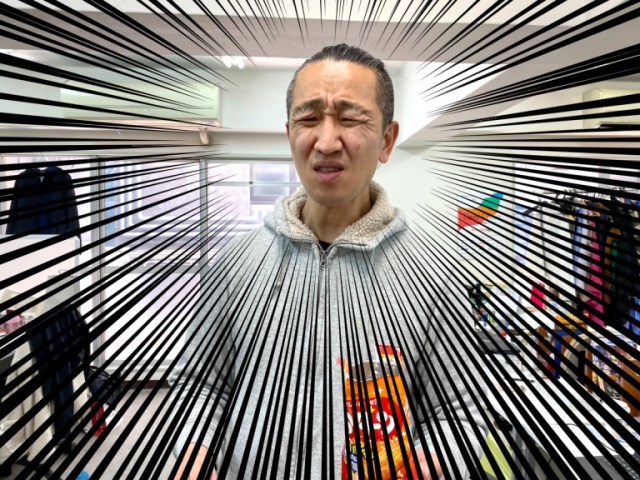
Happy Turn swerves into a new form, Tsuratan.
The whole point of snack foods is that they’re supposed to make you happy. After all, if it was just sustenance you were after, you could just grab a piece of fruit, or maybe a small portion of regular for-meal food when you’re feeling a little hungry.
So it was kind of surreal when we found out the next thing on our taste testing schedule was a snack food that promised “sadness” in it’s name. And not just any sadness, but “painful sadness.”
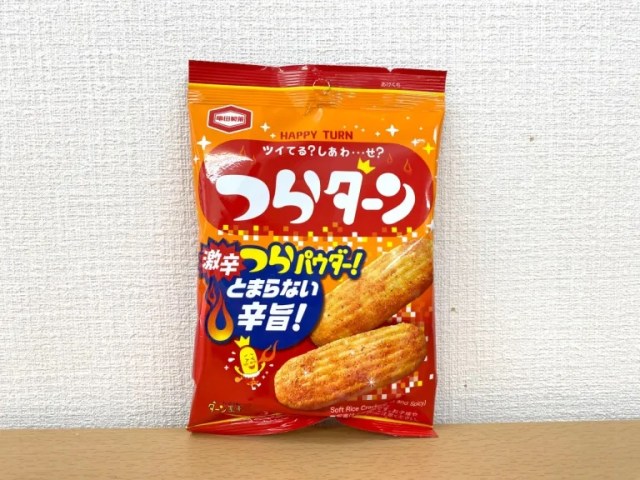
Pictured above is Tsuratan, the latest crunchy offering from Japanese snack maker Kameda Seika. The “Tsura” part of the name comes from tsurai, a Japanese word for a wrenching sense of grief and regret.
So why would any company give their product such an intimidating name? To answer that, we’ve got to go back a bit. Kameda Seika makes a variety of products, but one of their biggest sellers is Happy Turn.

Happy Turn is a kind of rice cracker, seasoned with what Kameda calls “happy powder.” While that might sound like some sort of contraband narcotic, happy powder is an entirely legal, but still highly addictive, mix of sweet and salty flavors. It forgoes any attempt at delicacy and instead rapidly hits you with two of the most commonly craved flavors, making these bite-sized bits of joy widely popular in Japan ever since their debut in 1976.
▼ Bags of Happy Turn
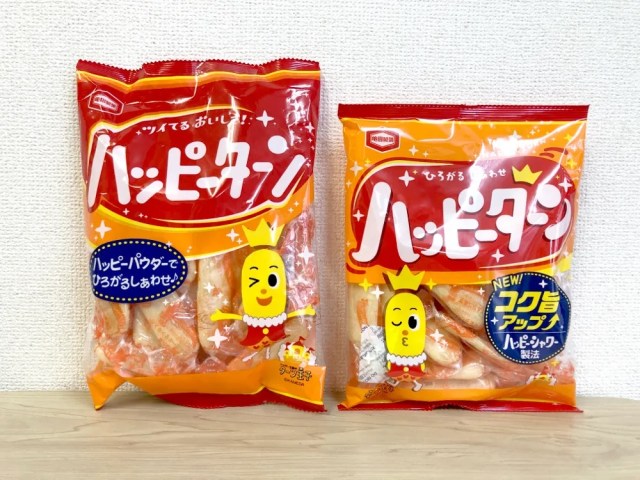
Last year, Kameda announced that they were bringing out a new snack called Tsuratan. There are multiple layers of wordplay here, but the first one is switching “happy” to its opposite, tsurai. “Tan” sounds very similar to the Japanese pronunciation of the English “turn” (taan), and tsuratan is also a comical slang term for a painfully sad experience.
This had people wondering what essentially “Painfully Sad Turn” would taste like. Unfortunately, it didn’t look like they were going to get an answer, because Kameda announced Tsuratan on April 1, 2023. Yep, it was an April Fools’ joke.
“Was” is the keyword there, though. After seeing all the interest people had shown in trying Tsuratan, Kameda announced that Tsuratan would be going on sale on April 1 of this year, and this time there were serious. It’s priced at 130 yen (US$0.88) a bag and scheduled to be on sale until the end of May.
That’s how our Japanse-language reporter P.K. Sanjun found himself sitting in SoraNews24 HQ with a bag of Tsuratan and a mission: to see what they taste like.
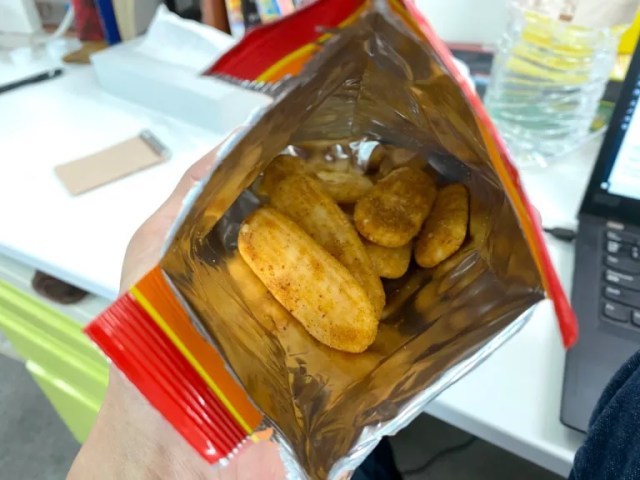
Opening the bag, they looked like the normal Happy Turn crackers that P.K. estimate he’s eaten several thousand of over the course of his life so far.
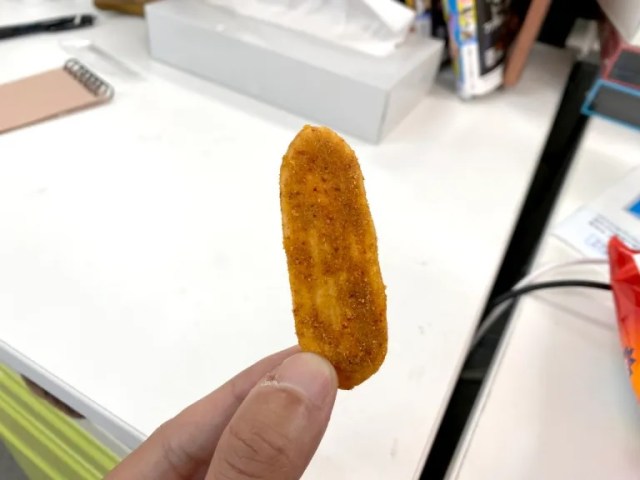
And popping one into his mouth, Tsuratan tasted just like Happy Turn too, with the same familiar but enticing mix of sweet and salty sensations.
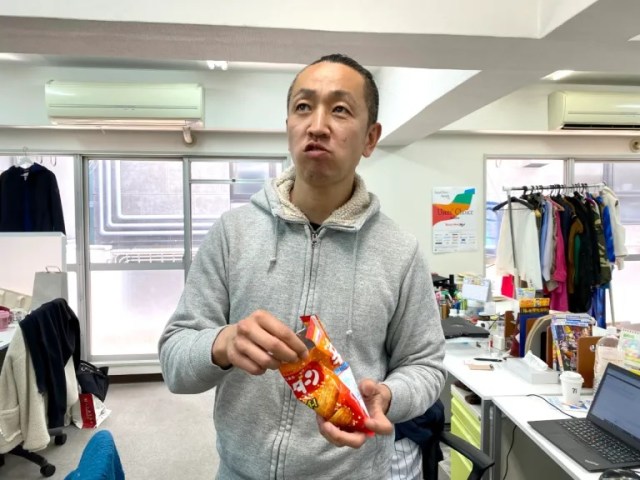
Had Kameda just slapped a new name on the package and continued selling the exact same snack as they always had? That couldn’t be true, though, because the company has been boasting about the new “painful sadness powder” t developed for Tsuratan.
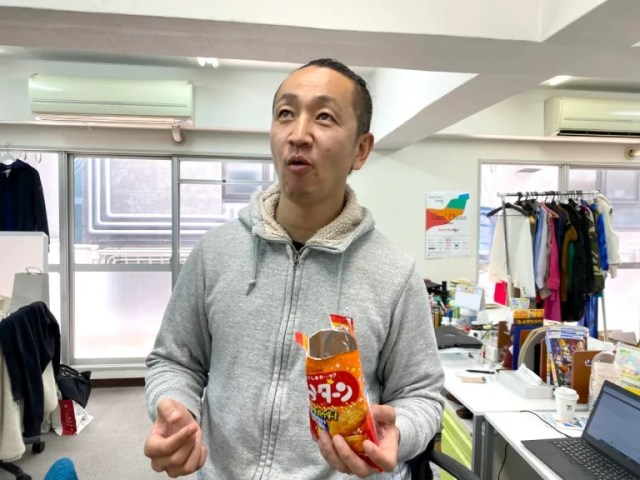
Yet as he chewed and swallowed his first Tsuratan, P.K. couldn’t notice any difference…until he very suddenly could.

Though it takes a very long time to come on, Tsuratan’s aftertaste is extremely spicy! P.K. likens it to bhut jolokia, a.k.a. ghost peppers. The onset of the heat is sudden and merciless, he says, and his taste test impressions were echoed by the other members of the SoraNews24 team who were in the office that day and tried some Tsuratan too.
▼ We can’t help wondering if we should be concerned about how much our boss, Yoshio (pictured on the left) seems to have enjoyed a food P.K. describes as “merciless.”
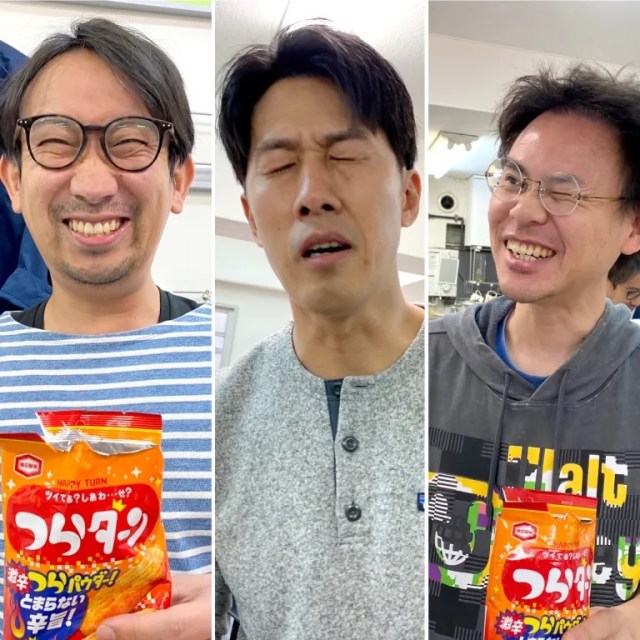
So why did Kameda arrive at “spicy” as the flavor of “painful sadness?” Because there’s one more layer of wordplay in Tsuratan’s name. When written in Japanese, tsurai looks like this.
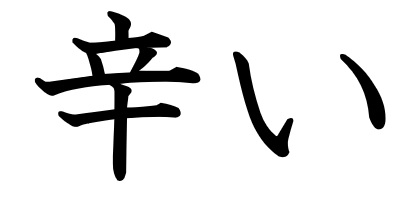
Meanwhile, karai, the Japanese word for “spicy,” is written like this.

Yep, tsurai and karai are written exactly the same way. Sometimes in Japanese, two words that share the same kanji character can be differentiated by the hiragana characters that come after them. But in the case of tsurai and karai, they’re both written with the same kanji, 辛, and hiragana, い.
So in the end, what we’ve got here is a “sad” snack that starts off tasting just like a “happy” one, but then tastes spicy, which was announced as an April Fools’ joke and then really did go on sale on April Fools’ Day.
The streamlined version of all that, though, is that if you’re craving something sweet, salty, and spicy, it’s hard to find a better way to hit all three of those cravings in one bite than Tsuratan.
Images ©SoraNews24
● Want to hear about SoraNews24’s latest articles as soon as they’re published? Follow us on Facebook and Twitter!
Credit:

0 comments:
Post a Comment